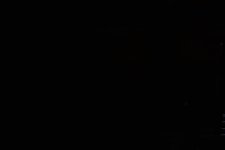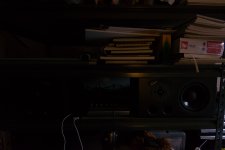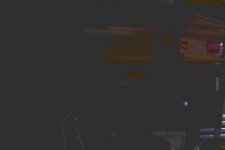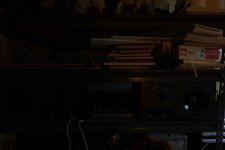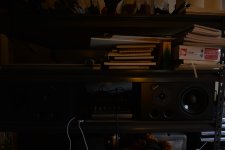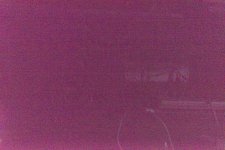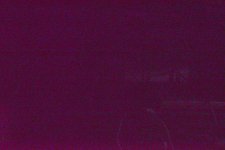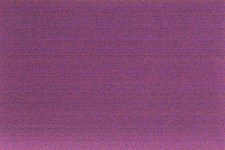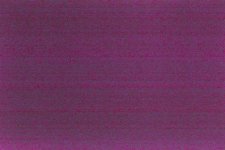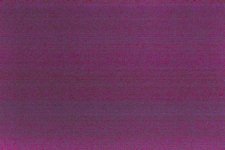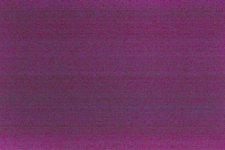OK, so I was PM'd and politely asked if I could demonstrate what I mean.
Here's are two very underexposed shots taken with my D610 (no scientifically determined under-exposure - the meter was just pinned hard '-'):
RAW
View attachment 197718
JPEG
View attachment 197719
In Lightroom I set the Exposure adjustment on each of these images to +5 yielding these results:
RAW
View attachment 197720
JPEG
View attachment 197721
Here are the same images SOOC with the exposure adjusted in the camera for the same +5 EV:
RAW
View attachment 197722
JPEG
View attachment 197723
(Note: I had Active D-Lighting set to high, accounting for the difference in RAW v. JPEG. Like I said, it was unscientific.)
As you can see, the RAW files appear nearly identical regardless of whether shot at +5EV or adjusted to that value. The same cannot be said for the JPEG. Moral of the story, a perfectly exposed JPEG is almost always enough for most photographers, but RAW will save your booty when something goes wrong.
I should also note that I attempted to replicate the blog post by creating two severely under-exposed images. After boosting each +5EV they
both still looked completely black (honest - don't make me post them). What this tells me is that the original photos is "perfectly exposed black", meaning that all they're doing is amplifying a correctly exposed image and what you're seeing is the difference in noise generation and not recovered details.

